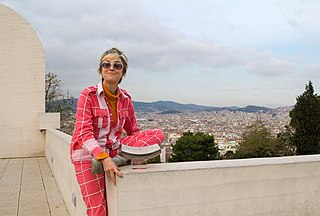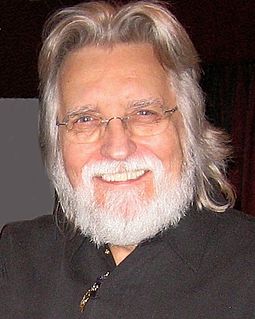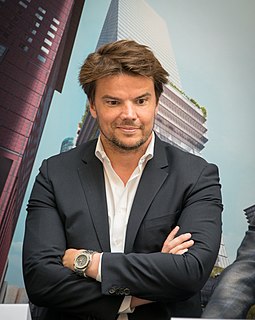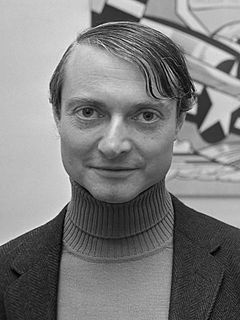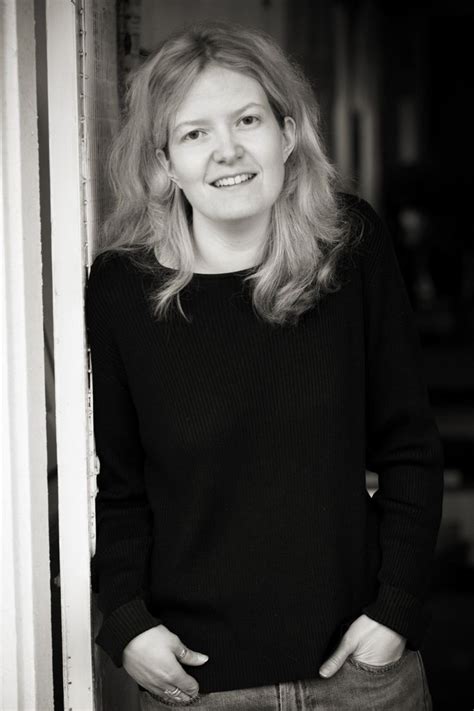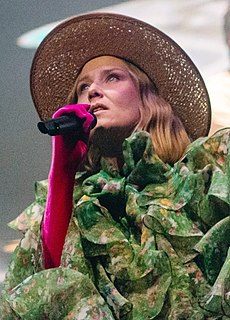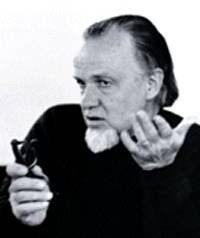A Quote by Pipilotti Rist
I want to try to come away from that one directional, clear rectangular form. It's not used because it's the most beautiful form; it's just the practical thing. That's why our TVs are rectangles. Even in modern architecture, they want us to believe, "That's the nicest, most beautiful thing." I love modern architecture, but actually it's that they cannot afford amorphous shapes or ornaments.
Related Quotes
An obsession that I've developed in my old age, is great architecture. I bought a house in New Orleans and I became quite enamored of the architecture there. It began there. I travel a lot or my work, so now, wherever I go, I wasn't to find the most beautiful church, the most beautiful museums. Anything ancient.
Beauty comes in many forms-and there is no form more beautiful than you. Just exactly as you are, this minute, right now, without changing a thing...you are beautiful. Beautiful enough to take God's breath away. You do believe this, don't you? Oh, you must. You must. How can I believe in my beauty if you don't believe in yours?
When I started studying architecture, people would say, you know, 'Can you tell me why are all modern buildings so boring?' Because, like, people had this idea that in the good old days, architecture had, like, ornament and little towers and spires and gargoyles, and today, it just becomes very practical.
So here I stand before you preaching organic architecture: declaring organic architecture to be the modern ideal and the teaching so much needed if we are to see the whole of life, and to now serve the whole of life, holding no traditions essential to the great TRADITION. Nor cherishing any preconceived form fixing upon us either past, present or future, but-instead-exalting the simple laws of common sense-or of super-sense if you prefer-determining form by way of the nature of materials.
To me, form doesn't always follow function. Form has a life of its own, and at times, it may be the motivating force in design. When you're dealing with form as a sculptor, you feel that you are quite free in attempting to mould and shape things you want to do, but in architecture, it's much more difficult because it has to have a function.
I was given this beautiful coffee table book of Soviet architecture for my birthday. It has a lot of holiday camps, swimming pools, theatres, and buildings that were built for leisure activities. Incredible architecture in the most obscure places. It's a little bit sad, because a lot of it has been left to fall apart.
Modern man has no real "value" for the ocean. All he has is the most crass form of egoist, pragmatic value for it. He treats it as a "thing" in the worst possible sense, to exploit it for the "good" of man. The man who believes things are there only by chance cannot give things a real value. But for the Christian the value of a thing is not in itself autonomously, but because God made it.
The rush and pressure of modern life are a form, perhaps the most common form, of contemporary violence. To allow oneself to be carried away by a multitude of conflicting concerns, to surrender to too many demands, to commit oneself to too many projects, to want to help everyone in everything, is to succumb to violence. The frenzy of our activity neutralizes our work for peace. It destroys our own inner capacity for peace. It destroys the fruitfulness of our own work, because it kills the root of inner wisdom which makes work fruitful.
